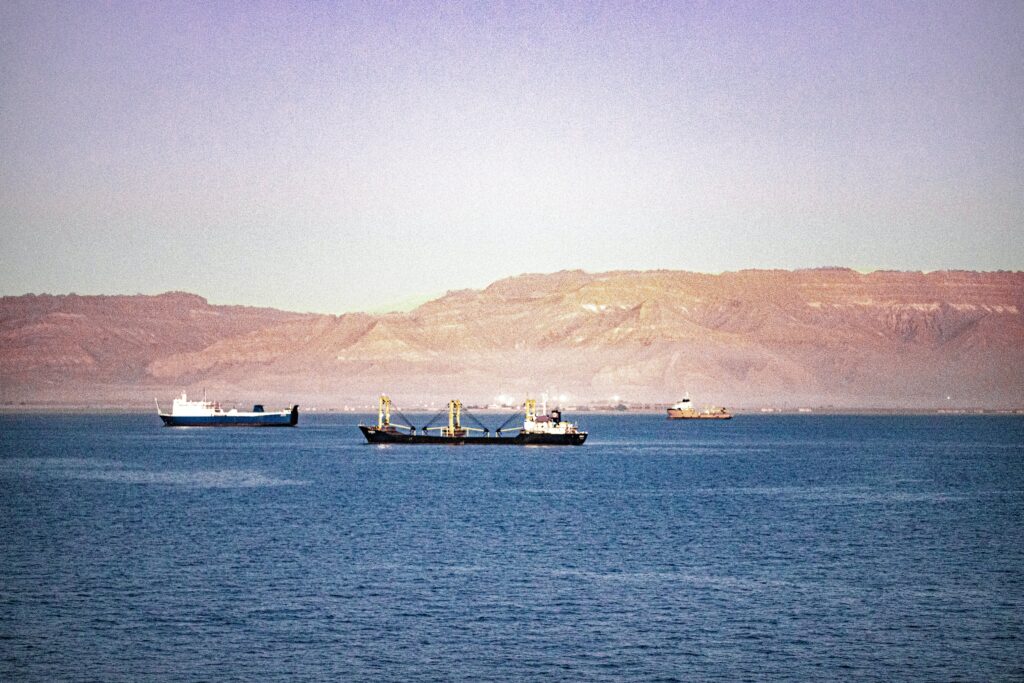Amidst heightened security concerns in the Red Sea, major shipping lines are pausing Red Sea transits or rerouting vessels to circumvent the African Continent. As we observe this next shift in global shipping, it’s imperative to prepare for the medium- and long-term operational and supply chain impacts. We can leverage insights from previous disruptions, such as the Suez Canal blockage, to anticipate operational adaptations stemming from current events. Drawing from my extensive experience in ocean freight logistics, I offer my perspective.
Port Congestion at Destination Ports
With vessels taking longer routes, we can expect an uneven flow of cargo. Rerouting ships will accumulate an estimated 4-6 days of waiting time, on top of the 2-week transit delay for the journey around Africa. This means fewer vessels arriving in Asia and a backlog as others catch up. This shift may result in sporadic bursts of high traffic at destination ports, particularly in Europe. Ports may struggle with sudden surges in cargo arrivals, impacting offloading efficiency and extending lead times.
Inland Connectivity Bottlenecks
Port congestion will likely extend to inland connectivity. Europe’s inland transport system, which is usually efficient, could become a bottleneck. The question arises: where will the bottleneck be more acute – at the ports or in the inland logistics? Availability of equipment and enough truckers will be critical factors, potentially driving up prices.
Container Equipment Distribution and Availability
One of the key operational challenges will be the redistribution of container equipment. Longer transit times mean containers will be in circulation for extended periods, reducing overall equipment availability. This imbalance might lead to a shortage of containers in Asian ports, particularly in China and Vietnam, affecting export capabilities and lead times.
Freight Rate Fluctuations
With the increase in sailing time and operational costs, we can anticipate a rise in freight rates. However, this increase might not be uniform across all routes and regions. Shippers should prepare for more variable pricing structures and potentially higher overall shipping costs in the medium term.
Demand for Alternative Transport Modes
As ocean freight becomes less predictable, shippers may turn to alternative transport modes like rail or multimodal solutions. We might witness a surge in demand for these services, leading to capacity constraints and possibly higher prices in these segments as well.
Approaching Chinese New Year
A prolonged crisis in the Red Sea region will introduce additional complexities as we approach Chinese New Year 2024. Traditionally, this period witnesses a surge in demand and a tightening of capacity. The ongoing vessel rerouting is likely to further exacerbate these seasonal pressures. Shippers should proactively plan ahead, considering the extended transit times and heightened risk of delays, to ensure the stability of their supply chains during this critical period.
Strategic Recommendations for Shippers
- Prioritize your shipments: It’s vital to identify which containers are most crucial to operations and end-customers and communicate that priority to our logistics partners so that they can be prioritized in the inland transport legs.
- Plan in Advance: Shippers should adjust their lead times and plan well in advance to accommodate longer transit times.
- Diversify your Shipping Options: Consider diversifying shipping routes and using a mix of transport modes such as sea-air combinations or rail and air, to mitigate risks and delays.
- Stay Close to your Logistics Partners: Close collaboration with logistics partners like Forto can provide access to real-time information and tailored solutions.
- Keep an Eye on Container Availability: Keep a close eye on container equipment availability and book well in advance.
- Leverage Technology Solutions: Utilize digital platforms for better visibility and control over your shipments.
Conclusion:
This moment in global shipping demands attention and preparation for short and long-term supply chain impacts. Leveraging insights from previous disruptions is crucial to anticipate and adapt to necessary operational changes. As an expert in ocean freight logistics, I foresee this shift testing supply chain resilience and agility, while also fostering innovation and strategic planning. Proactive planning, diversifying shipping options, and leveraging technology for visibility are critical. At Forto, we’re committed to guiding partners and clients through these uncertain times, offering expertise and support.










